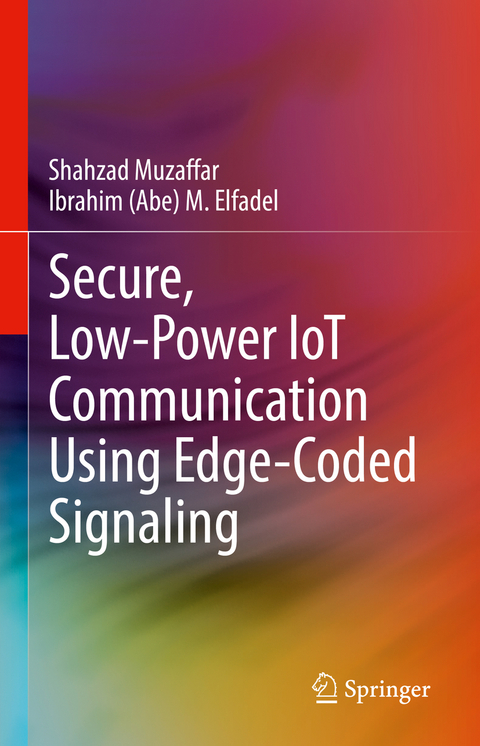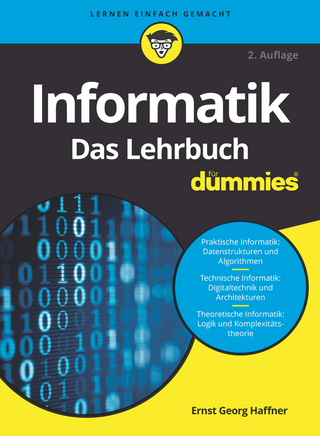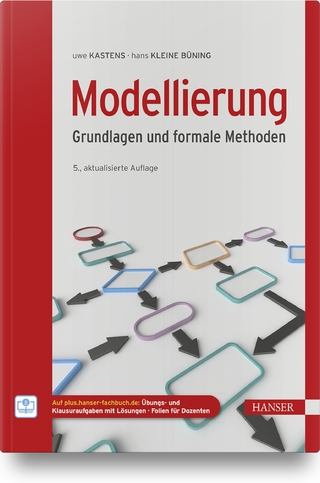
Secure, Low-Power IoT Communication Using Edge-Coded Signaling
Springer International Publishing (Verlag)
978-3-030-95913-5 (ISBN)
This book discusses single-channel, device-to-device communication in the Internet of Things (IoT) at the signal encoding level and introduces a new family of encoding techniques that result in significant simplifications of the communication circuitry. These simplifications translate into lower power consumption, smaller form factors, and dynamic data rates that are tolerant to clock discrepancies between transmitter and receiver. Readers will be introduced to signal encoding that uses edge-coded signaling, based on the coding of binary data as counts of transmitted pulses. The authors fully explore the far-reaching implications of these novel signal-encoding techniques and illustrate how their usage can help minimize the need for complex circuitries for either clock and data recovery or duty-cycle correction. They also provide a detailed description of a complete ecosystem of hardware and firmware built around edge-code signaling. The ecosystem comprises an application-specific processor, automatic protocol configuration, power and data rate management, cryptographic primitives, and automatic failure recovery modes. The innovative IoT communication link and its associated ecosystem are fully in line with the standard IoT requirements on power, footprint, security, robustness, and reliability.
Shahzad Muzaffar is a Postdoctoral Fellow at the Electrical and Computer Engineering (ECE) Department at Khalifa University, Abu Dhabi, UAE. He received the BS degree in Telecommunication Engineering from the Electrical Engineering Department at the National University of Computer & Emerging Sciences, Lahore, Pakistan, in 2008. He received the MSc degree in Microsystems Engineering in 2015 and the PhD degree in Interdisciplinary Engineering in 2018, both from Khalifa University (Masdar Campus), in collaboration with MIT. From 2011 to 2013, he held the position of a senior development engineer in the ESD division of Mentor Graphics, Lahore, Pakistan. From 2009 to 2011, he was Design Engineer (Team Lead) at the Center for Excellence in FPGA/ASIC Research (CEFAR), National University of Sciences and Technology, Islamabad, Pakistan. Since he joined the Masdar Institute in 2013, he has been a graduate research assistant with the Abu Dhabi - SRC Center of Excellence on Energy-Efficient Electronics Systems (ACE4S) where he has been the system design lead of one of two ACE4S technology demonstrators. He is the author of more than 10 refereed publications and book chapters and is the inventor of 5 US patents (pending). His awards include the best MSc thesis award at the Masdar Institute for the 2014 - 2015 academic year and a third best-paper prize at the 2017 Cyber Security Awareness Week, New York University, Abu Dhabi Campus.
Introduction.- Edge-coded Signaling Techniques.- Timing and Robustness Analysis.- Doubling the ECS Data Rate.- Power Management.- Automatic Protocol Configuration.- Secure ECS Communication.- Domain Specific ECS Processor.- Application: Hardware Platform for IoT Sensor Networks.- Application: Body-Coupled Communication.
| Erscheinungsdatum | 08.05.2022 |
|---|---|
| Zusatzinfo | XVIII, 152 p. 66 illus., 64 illus. in color. |
| Verlagsort | Cham |
| Sprache | englisch |
| Maße | 155 x 235 mm |
| Gewicht | 415 g |
| Themenwelt | Mathematik / Informatik ► Informatik ► Theorie / Studium |
| Technik ► Elektrotechnik / Energietechnik | |
| Technik ► Nachrichtentechnik | |
| Schlagworte | Enabling the Internet of Things • IoT and Low Power Wireless • IoT device-to-device communication • IoT edge-coded signaling techniques • IoT Physical Layer |
| ISBN-10 | 3-030-95913-9 / 3030959139 |
| ISBN-13 | 978-3-030-95913-5 / 9783030959135 |
| Zustand | Neuware |
| Informationen gemäß Produktsicherheitsverordnung (GPSR) | |
| Haben Sie eine Frage zum Produkt? |
aus dem Bereich


